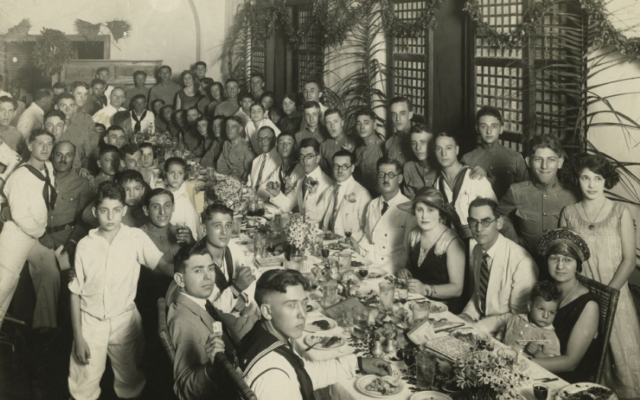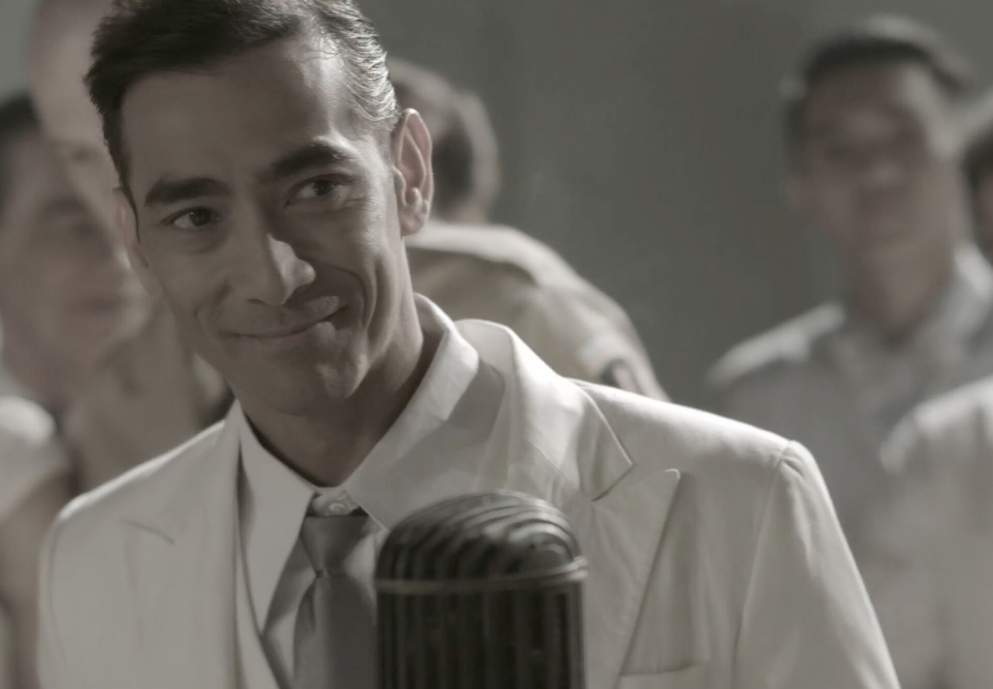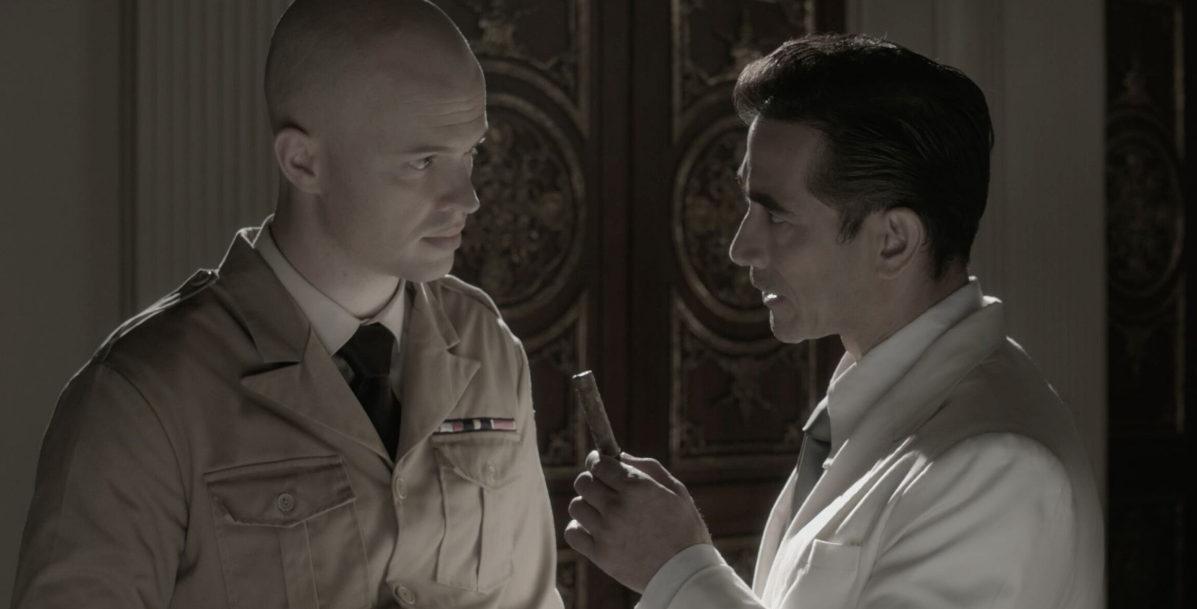Story of Survival in Philippines During Holocaust
"Quezon's Game" tells of the audacious plan to save thousands of Jews during the Holocaust that was first hatched around a friendly game of poker in the Philippines.

An audacious plan to save thousands of Jews in Germany and Austria during the Holocaust was first hatched around a friendly game of poker in the Philippines, half a world away from where Jews were being threatened with annihilation.
The plan was first suggested by two Jewish brothers, Alex and Herbert Frieder from Cincinnati, who had operated a cigar factory in the Philippines Islands in what was then the American Commonwealth in the Pacific and subject to American immigration laws.
They had become alarmed at the violent rise of anti-Semitism in Europe and one evening, while playing poker with the president of the Philippines, Manuel Quezon, they asked if there wasn’t a way to bring some of the endangered Jews to safety.

The story of how the plan was put into action is the subject of a new feature film from the Philipines, “Quezon’s Game,” which opens Jan. 31 for a one-week run in Atlanta. Monday, Jan. 27, marks the 75th anniversary of the liberation of Auschwitz concentration camp during world War II.
Much of the credit for the success of the plan recaptured in the film is due to the initiative of the leader of the Philippines. The granddaughter of Alex Frieder, Barbara Sasser, describes Quezon as a genuine friend of the Jews.
“He said in describing why he supported the plan was because he was a good Catholic,” she said, “The most unreligious thing I can think of, he is quoted as saying, is to think badly of the people who brought us our savior.”
Among the other poker players was Paul McNutt, a former governor of Indiana, and a powerhouse in the Democratic party. He was the American high commissioner to the Philippines at the time when then Lt. Col. Dwight Eisenhower was Quezon’s military advisor and an Army officer officer on his way up in the years before World War II.
Together they cajoled a reluctant President Franklin Roosevelt and an openly hostile State Department to grant 1,200 visas to Jews, many with professional backgrounds. Although the original plan was to try to rescue 10,000 Jews, the rapidly deteriorating situation in Europe and foot dragging by American diplomats short-circuited the plan.
The director of the film, MAtthew Rosen, who is a longtime Jewish resident of the Philippines, believes the film is a tribute not only to the leaders of the Philippines at the time, but to all members of the Philippine nation.
“At a time when the rest of the world was in despair and apathetic,” Rosen maintains, “the Filipino people — who were suffering their own hardships —shed a light on justice and morality to lead others. Quezon fought a lonely battle for what was right up until his untimely death.”

Nonetheless, the arrival of 1,200 Jews stretched the resources of the small Philippine community of Jews, which numbered only about 500 at the time. Quezon, himself, offered personal assistance in welcoming them.
“Quezon gave land to help settle the Jews when they arrived,” Sasser said. “He was a real hero. He was a great humanitarian who wished the project well.”
Quezon died in 1944. The Philippines became independent the following year.
The full story of the once-obscure plan is laid out in the book “Escape to Manila” by Frank Ephraim, a docent at the United States Holocaust Memorial Museum in Washington, D.C., when he published the book in 2003.
The book also helped to bring together a number of the survivors for a reunion in Cincinnati in 2004 with 50 members of the Frieder family. Subsequently, Sasser helped produce a documentary, “Rescue in the Philippines: Refuge From the Holocaust” that was shown on the Public Broadcasting System in 2013.
Sasser hopes that Quezon, the president of the Philippines, will be recognized as “A Righteous Gentile Among the Nations,” by the Yad Vashem Holocaust museum in Jerusalem.
“Our goal is that the Philippines get the recognition it deserves as a rescuing nation,” Sasser concluded, “and that Quezon get the recognition he deserves as a righteous gentile.”
“Quezon’s Game” is showing at AMC Camp Creek 14, 3780 Princeton Lakes Parkway, in Atlanta and Cinemark Tinseltown in Fayetteville. The 2013 documentary “Rescue in the Philippines” is available on Amazon Prime. It can be rented or bought at www.rescueinthephilippines.com.



comments